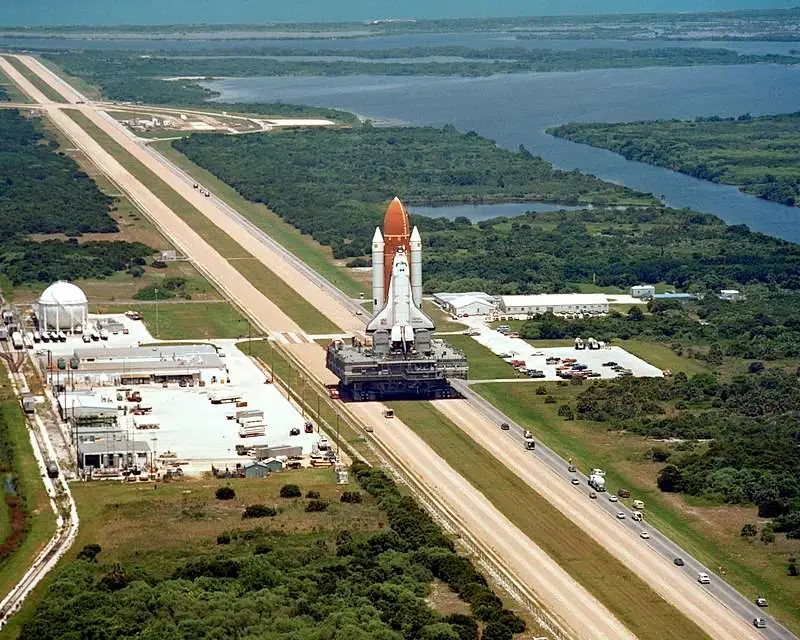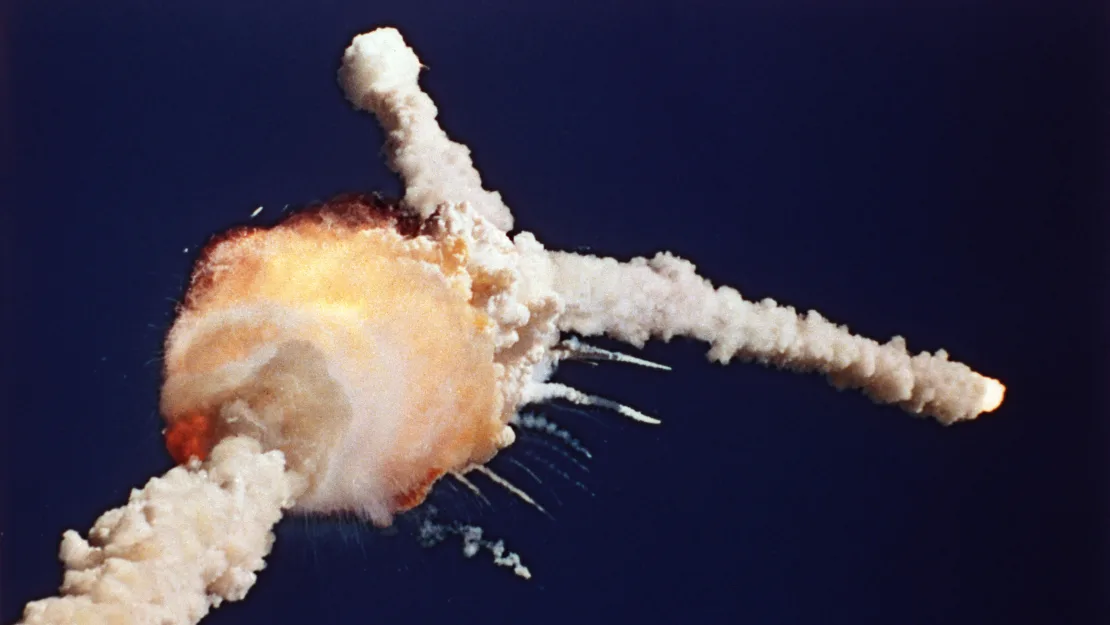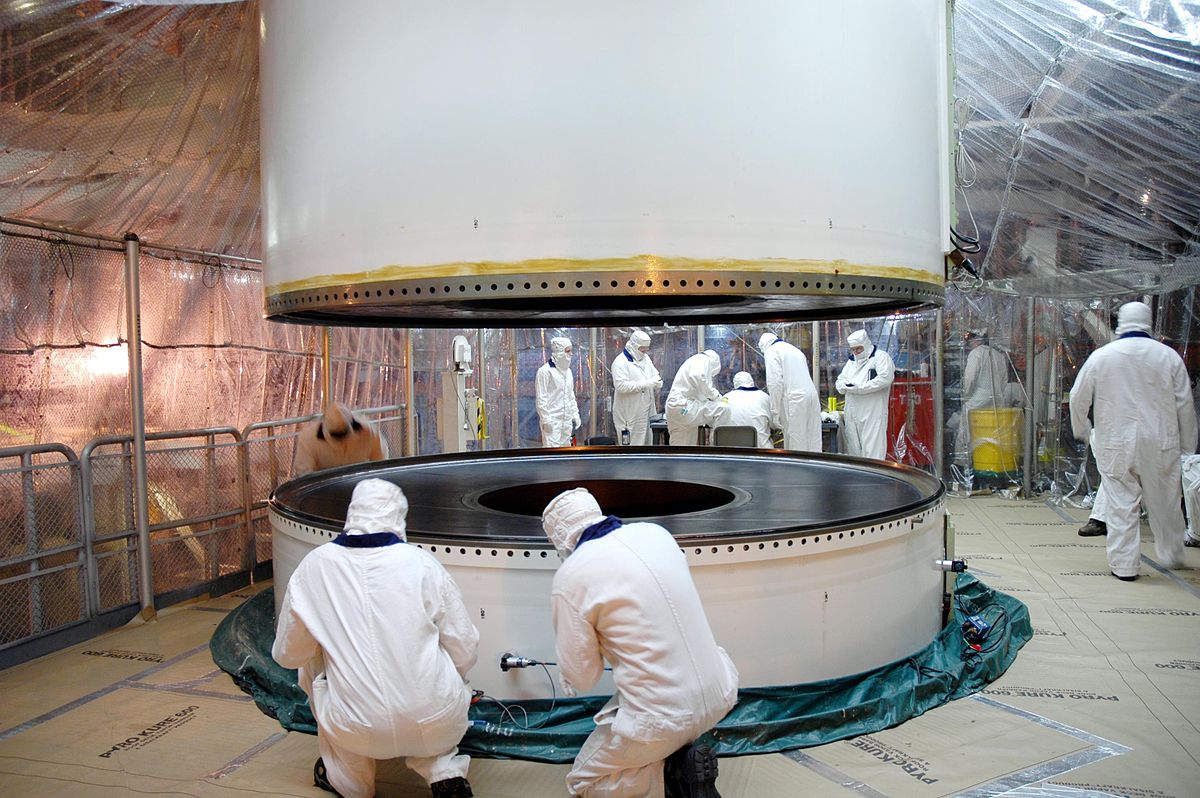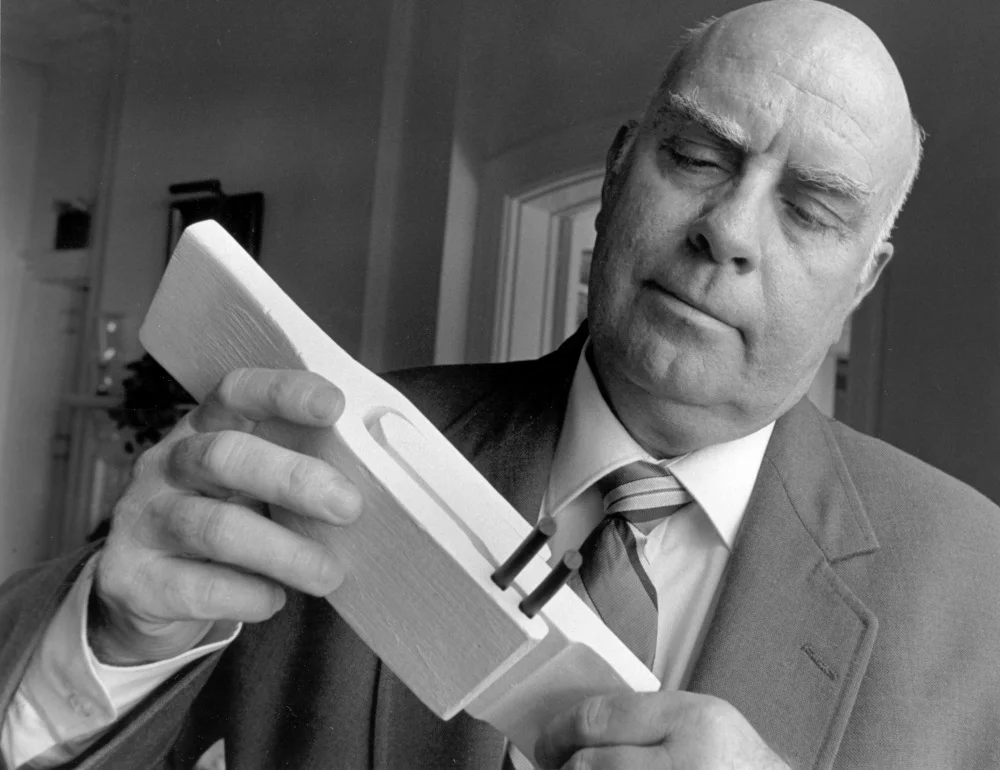The Flaw

Image courtesy of NASA
A Historic Tragedy

Image courtesy of Bruce Weaver/AP
On January 28, 1986, the world watched in shock as the Space Shuttle Challenger broke apart just 73 seconds after liftoff. The disaster resulted in the deaths of all seven crew members. It wasn’t a freak accident. It was preventable.
While it initially appeared as a sudden explosion, the cause of the accident was far more complex and preventable. A combination of technical failure, poor decision-making, and extreme weather conditions led to one of NASA’s darkest moments.
The Fatal Flaw: O-Ring Failure
The disaster stemmed from the solid rocket boosters (SRBs), which used O-rings to seal their segment joints. On launch day, frigid temperatures (31°F / -0.5°C) made the O-rings brittle, preventing them from sealing properly and allowing hot gases to escape.
Roger Boisjoly, a Morton Thiokol engineer, later testified that he and others explicitly warned against launching in cold weather. NASA officials, under pressure to stay on schedule, overruled these concerns. By failing to act, NASA violated the astronauts’ right to safety, neglecting its responsibility to prevent an avoidable disaster.

Image courtesy of NASA
Ethical Failure: NASA knowingly proceeded with a flawed spacecraft, despite engineers' clear warnings.

Image courtesy of AP
"We all knew if the seals failed, the result would be catastrophic. We tried to stop it, but no one would listen,"
- Roger Boisjoly, engineer at Morton Thiokol